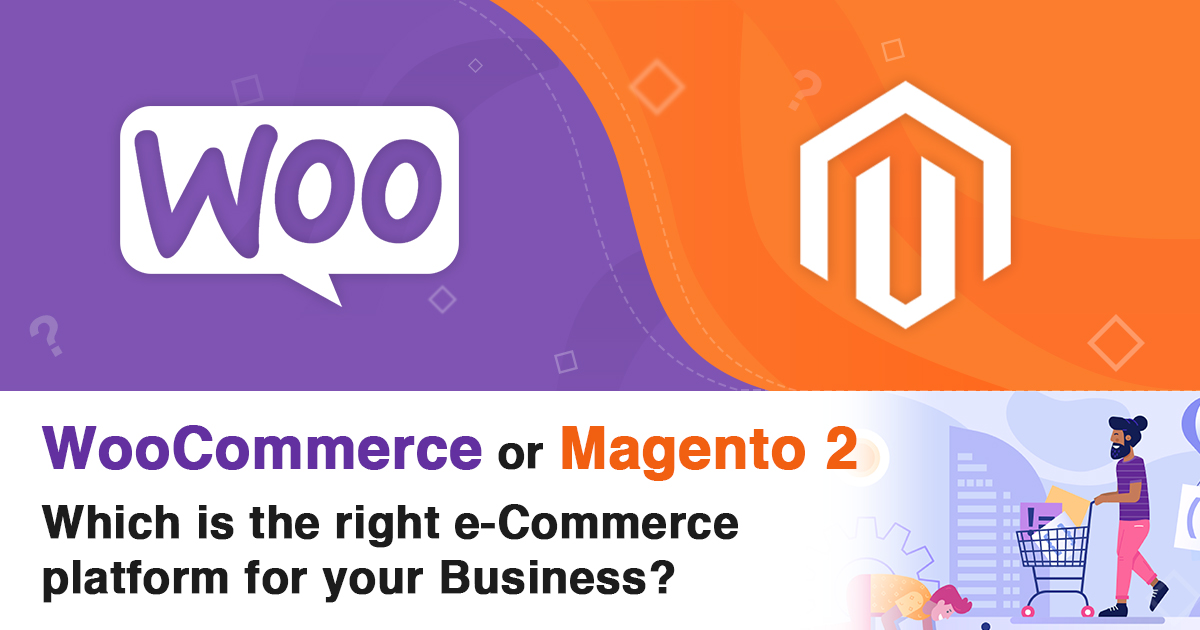The Dominance of ReactJS in Modern Web Development: A Comprehensive Analysis
ReactJS has solidified its position as the leading JavaScript library, continuing to dominate the ever-evolving landscape of web development. Conceived by Facebook engineers, ReactJS has revolutionized the way developers approach user interface design and implementation. This article delves into the core reasons behind ReactJS’s supremacy and its transformative impact on the web development ecosystem. 1. Virtual DOM: Redefining UI Performance At the heart of ReactJS lies the Virtual DOM (Document Object Model), a groundbreaking concept that has redefined UI performance optimization. This lightweight abstraction of the actual DOM enables React to perform efficient, targeted updates by selectively re-rendering only the components that have changed. The result is a significant reduction in computational overhead, leading to lightning-fast UI updates and a fluid user experience, particularly crucial for data-intensive applications. The Virtual DOM’s ability to efficiently manage updates contrasts sharply with traditional DOM manipulation methods, which often involve time-consuming and resource-intensive operations. By maintaining a virtual representation of the UI and synchronizing it with the real DOM only when necessary, ReactJS ensures that applications remain responsive and performant even under heavy load. This approach is especially beneficial for applications that handle large datasets or require real-time updates, such as dashboards, social media platforms, and online marketplaces. 2. Component-Based Architecture: The Building Blocks of Scalability ReactJS’s component-based architecture represents a paradigm shift in UI development. By encapsulating logic and UI elements into reusable, self-contained components, React facilitates the creation of highly modular and maintainable codebases. This architectural approach not only enhances code reusability but also dramatically improves developer productivity, enabling teams to build and scale complex applications with unprecedented efficiency. Each React component is designed to manage its own state and behavior, making it easier to debug and test individual parts of an application. This modularity also allows developers to iterate on features and fix bugs without affecting other parts of the codebase. Furthermore, the component-based architecture promotes collaboration among development teams, as components can be developed and tested in isolation before being integrated into the larger application. 3. Declarative Programming: Simplifying UI Logic The declarative nature of ReactJS marks a significant departure from imperative programming models. Developers define the desired UI state, and React’s internal mechanisms handle the intricacies of DOM manipulation. This approach simplifies the mental model required for building interactive interfaces, resulting in more predictable and easier-to-debug code. The reactive update mechanism ensures that the UI remains consistently in sync with the underlying data model, mitigating a common source of bugs in web applications. Declarative programming in ReactJS allows developers to focus on what the UI should look like at any given state rather than how to transition between states. This higher level of abstraction reduces the cognitive load on developers, making it easier to manage complex UIs and improving overall code quality. The clear separation between UI description and state management also enhances maintainability, as changes to the UI can be made independently of the underlying logic. 4. Ecosystem and Community: A Catalyst for Innovation ReactJS boasts one of the most vibrant and expansive ecosystems in the web development world. The wealth of complementary libraries, tools, and extensions—such as Redux for state management, React Router for navigation, and Next.js for server-side rendering—creates a comprehensive development environment. This rich ecosystem, coupled with an active and supportive community, fosters continuous innovation and knowledge sharing, empowering developers to stay at the cutting edge of web development practices. The ReactJS community contributes to a vast array of open-source projects, providing developers with ready-made solutions to common problems and accelerating development cycles. Regular updates and improvements driven by community feedback ensure that ReactJS remains relevant and capable of addressing emerging challenges in web development. This collaborative environment not only benefits individual developers but also drives the overall advancement of web technologies. 5. Performance Optimization: Beyond the Basics ReactJS goes beyond basic performance considerations, offering advanced optimization techniques that set it apart. Server-side rendering (SSR) capabilities significantly improve initial page load times and search engine optimization (SEO), addressing critical concerns for modern web applications. Code splitting, another key feature, allows for the dynamic loading of application components, reducing initial bundle sizes and improving load times. These optimization strategies enable developers to create high-performance applications that meet the demands of today’s web users. SSR in ReactJS enhances the user experience by rendering the initial view of an application on the server, providing users with content more quickly than client-side rendering alone. This technique also improves SEO by making content more accessible to search engine crawlers. Code splitting, on the other hand, ensures that only the necessary parts of an application are loaded at any given time, minimizing the amount of JavaScript that needs to be downloaded and executed. These performance enhancements are crucial for delivering fast, responsive applications that retain users and rank well in search engine results. 6. Corporate Backing and Open Source Synergy The dual advantage of being backed by Facebook while maintaining an open-source model gives ReactJS a unique position in the development community. This structure ensures ongoing support and development from one of the tech industry’s giants while benefiting from the collective expertise and contributions of the global developer community. This synergy results in a library that is both stable and innovative, capable of adapting to the rapidly changing needs of web development. Facebook’s involvement in ReactJS’s development provides a level of assurance regarding the library’s stability, security, and long-term viability. At the same time, the open-source nature of ReactJS encourages a diverse range of contributions, ensuring that the library evolves to meet the needs of developers from various backgrounds and industries. This combination of corporate support and community-driven innovation makes ReactJS a robust and reliable choice for web development projects. 7. Seamless Integration and Migration Pathways ReactJS’s design philosophy emphasizes flexibility and interoperability, allowing for seamless integration with existing projects and gradual adoption in legacy systems. This adaptability makes ReactJS an attractive option for both greenfield projects and modernization efforts, offering a clear path to enhanced performance and maintainability without






